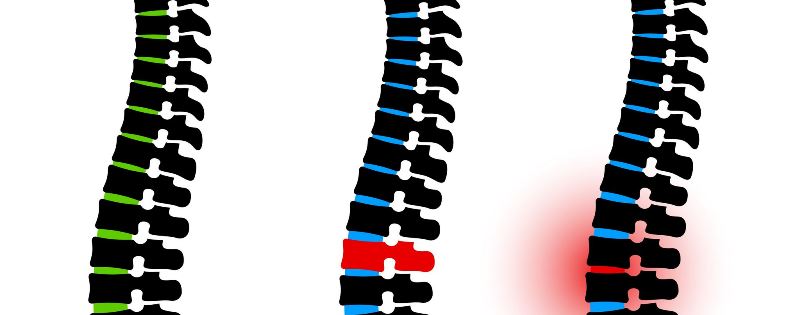What Are Perineural Cysts in the Spine?
Category: Spine | Author: Stefano Sinicropi

Perineural cysts are formations of fluid-filled sacs that grow on the nerves at the base of a person’s spine. You may have heard of them by another name – Tarlov cysts – named for the neurologist who first described the condition back in 1938. In this blog, we take a closer look at why perineural cysts develop, what problems they cause, and how the condition is treated.
Why Do Perineural Cysts Develop?
The underlying cause of why these cysts develop in the first place is unknown, but we do know a little more about what causes them to be problematic. Oftentimes a person has cyst development in their spine and they don’t even know if because they are asymptomatic, but an injury or trauma to the area can cause these cysts to swell or fill up with more fluid. When this happens, nerve compression and damage to soft tissues can occur. Trauma from car accidents, sports injuries, heavy physical exertion and from falls are some of the most common reasons why a perineural cyst can become problematic.
As we noted above, the majority of people suffering from perineural cysts are unaware that they are present because they don’t cause symptoms, so they often go undiagnosed. In fact, more than 95 percent of cases are asymptomatic. However, if the condition is symptomatic, the most common symptoms are:
- Pain in the lower back, buttocks or legs
- Sciatica nerve pain
- Numbness
- Leg weakness
- Shooting pain sensations
- In rare cases, loss of bladder control, constipation or sexual dysfunction
Diagnosing and Treating Perineural Cysts
If you are presenting symptoms, your doctor will ask about your pain and conduct a physical exam. If a problematic cyst is suspected, the doctor will likely order an MRI or CT scan, which can reveal the presence of a cyst and if fluid is moving in or out of the growths.
If a cyst or a collection of cysts are revealed on the imaging test, your doctor will walk you through your treatment options. Symptomatic cysts are typically treated with a hands-on approach. Doctors may use a needle to drain the cyst, but oftentimes the fluid ends up refilling the cyst and symptoms return. The only way to permanently treat perineural cysts is through surgical removal, but this operation is usually reserved for patients whose cysts are causing chronic pain and severe problems like bladder issues. Surgery is often very successful, but since it is only required in rare cases, and because perineural cysts are oftentimes asymptomatic, the need to operate on a cyst is extremely rare.